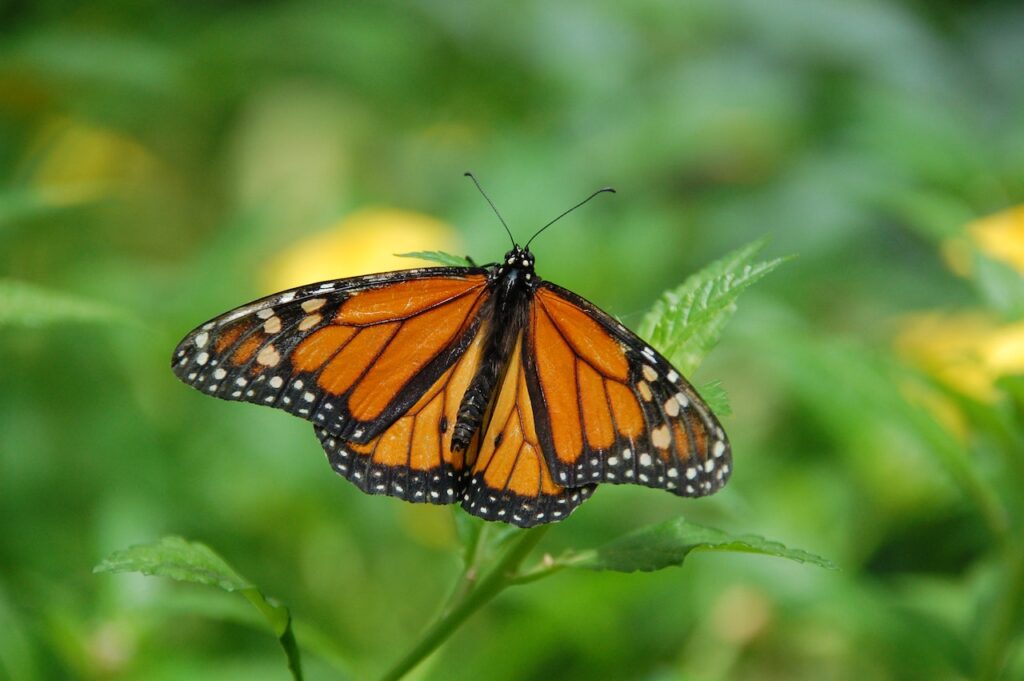
The migratory monarch butterfly Danaus plexippus plexippus, known for its spectacular annual journey of up to 4,000 kilometers across the Americas, has entered the Red List of the International Union for Conservation of Nature ?IUCN? of Threatened Species in the category
